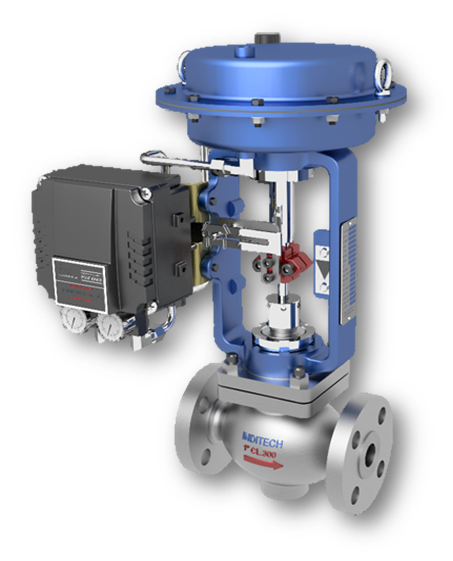Control valve is one of the most important components in the instrumentation of process industries. It is the heart of every control system. It controls the flow of fluid, the pressure, the temperature, and the level of the fluid. This makes it possible to run various industrial processes in an efficient and safe manner.
In this blog, we will look at the importance of control valve in instrumentation, the key components of valve, the working principles of valve, and the benefits of using valve in instrumentation.
If you are an Instrumentation Engineer, Instrumentation Technician, or simply curious about valve in process control, read on to learn more.
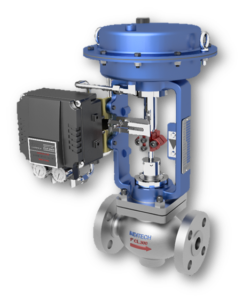
Section-1 Understanding Control Valve Instrumentation
Control valve in instrumentation refers to the combination of valves, actuators, and positioners used to regulate and control fluid flow within a process system.
These systems are found in industries such as oil and gas, petrochemicals, power generation, pharmaceuticals, and many more.
1.1 Key Components of Valve
The primary components include:
– Actuator: The actuator converts the control signal into mechanical motion to open or close the valve. It can be pneumatic, electric, or hydraulic.
– Positioner: The positioner ensures accurate valve positioning, translating the control signal into the required valve position.
– Valve Body: This part is responsible for managing the fluid flow. It consists of trim, and seat assembly.
– Accessories: Various accessories such as limit switches, solenoid valves, and air filter regulators are used to enhance valve performance.
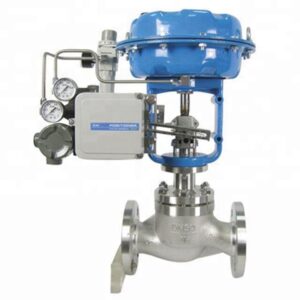
1.2 Working Principle
Control valve instrumentation operates based on a control loop system.
The control loop consists of a process variable (such as flow or pressure), a sensor, a controller, and the control valve itself. The main process is like this:
-The sensor measures the process variable and sends the information to the controller.
-The controller compares the desired setpoint with the measured value and sends a control signal to the valve.
-The valve adjusts its position accordingly, modifying the fluid flow to maintain the desired setpoint.
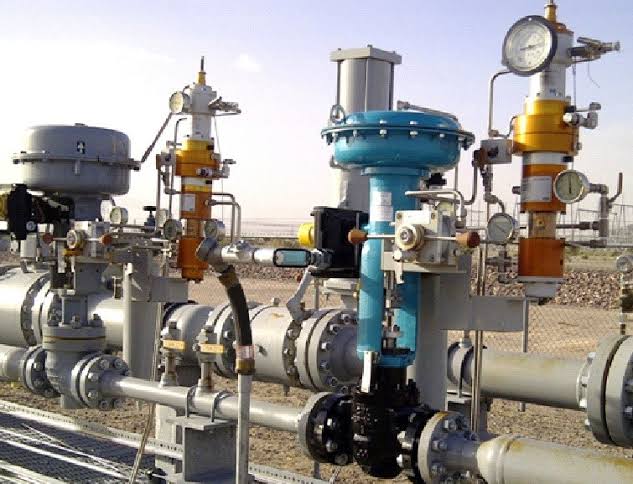
Section 2: Benefits of control Valve in Instrumentation
2.1 Precise Process Control
valve in instrumentation enables precise control of various process parameters, such as flow rate, pressure, and temperature. This accuracy ensures optimal operation, minimizing process variations, and improving product quality.
2.2 Increased Efficiency and Productivity
By regulating fluid flow, valve optimizes process efficiency. It helps to avoid overflows, pressure drops, or wastage of resources. Efficient control valve systems contribute to increased productivity and reduced operational costs.
2.3 Enhanced Safety
These valves in instrumentation play a critical role in maintaining safe operating conditions.
It helps prevent equipment damage, such as excessive pressure or temperature, by providing timely control actions.
In emergency situations, valves can quickly isolate or divert the flow, mitigating potential hazards.
2.4 Remote Monitoring and Diagnostics
Modern control valve instrumentation systems often incorporate advanced technology, allowing for remote monitoring and diagnostics. This capability enables engineers and technicians to monitor valve performance, detect faults, and proactively address issues, leading to improved maintenance practices and reduced downtime.
2.5 Regulatory Compliance
Industries are subject to various regulations and standards. valves in instrumentation facilitates compliance by ensuring accurate control and monitoring of process parameters. By meeting regulatory requirements, businesses can avoid penalties and maintain a positive reputation.
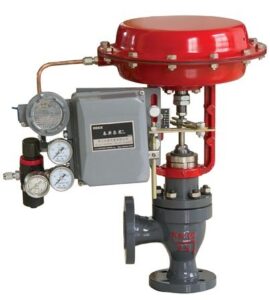
Section 3: Best Practices for Control Valve Instrumentation
To maximize the benefits of valve in instrumentation, it is important to follow some best practices:
3.1 Proper Valve Sizing and Selection
Each process has unique requirements, and selecting the right control valve is crucial. Proper valve sizing ensures that it can handle the required flow rates and pressure differentials efficiently.
3.2 Regular Maintenance and Calibration
Valves should undergo regular maintenance and calibration to ensure optimal performance.
This includes inspecting valve components, checking for leaks, and verifying proper valve positioning.
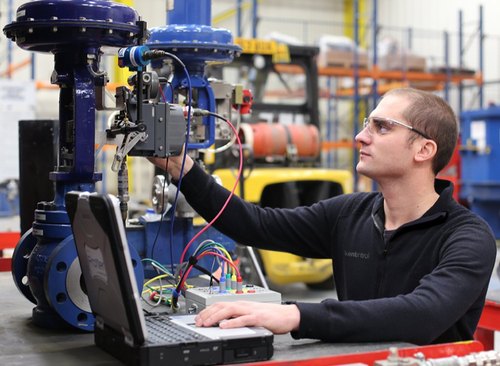
3.3 Training and Skill Development
Operators, technicians, and engineers involved in valve should receive adequate training to understand the system’s operation, troubleshooting, and maintenance procedures.
This knowledge helps in making informed decisions and handling valve-related issues effectively.
Conclusion
Control valve is a must-have for any process industry. It helps you get the job done quickly, accurately, and safely.
Also, it meets all your safety and regulatory needs. Investing in the right valve system can help you streamline your processes, save money, and get the most out of your business.
Knowing how important valve is in instrumentation, will help you make smart decisions and help your business succeed in today’s ever-changing industrial world.
Our Face Book Page Our You tube Channel